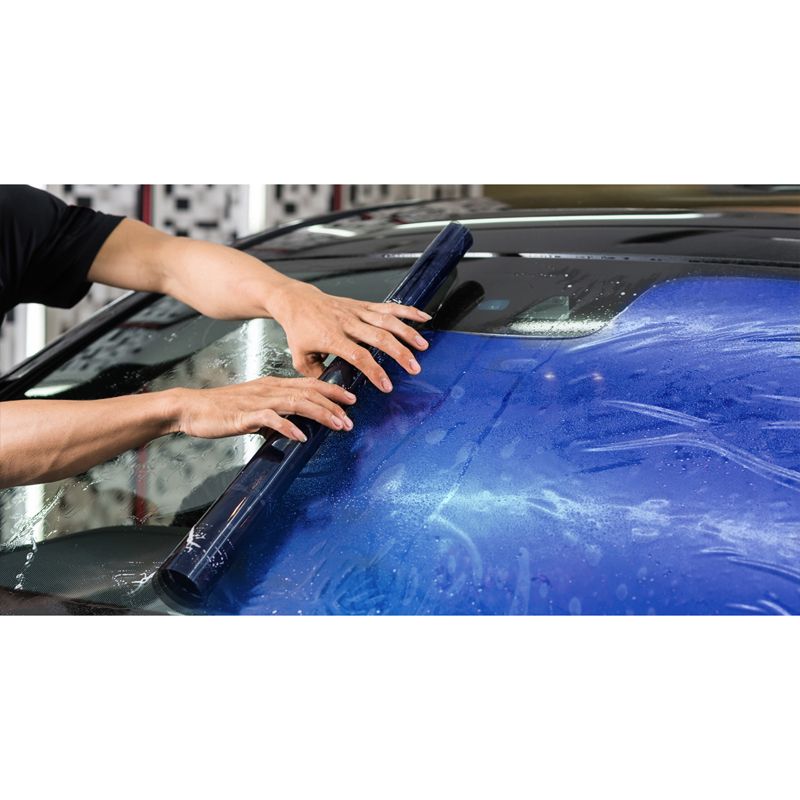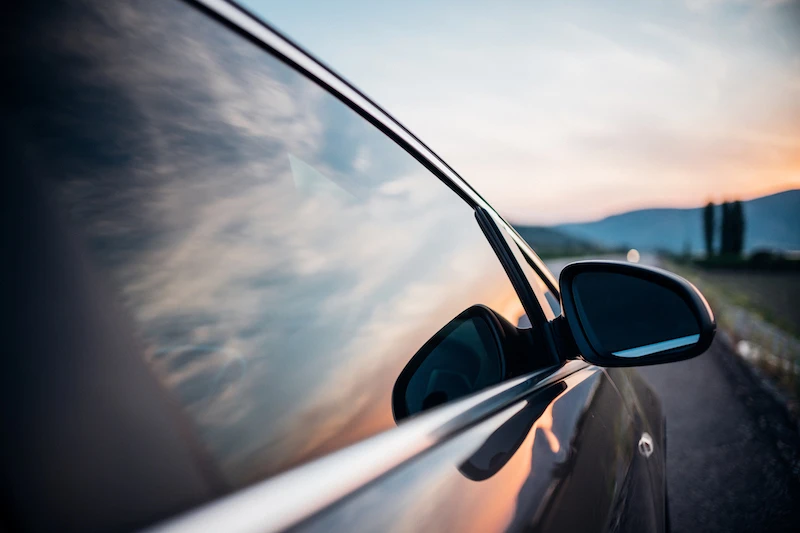Why Window Tinting Is Essential for Reducing Fading and Protecting Your Upholstery
Why Window Tinting Is Essential for Reducing Fading and Protecting Your Upholstery
Blog Article
Home Window Tinting Rules: What You Required to Know Before Tinting Your Cars And Truck
Understanding home window tinting regulations is vital for any kind of lorry owner considering tinting their auto. Laws differ considerably from one state to another, developing particular restrictions for Visible Light Transmission (VLT) percents, especially for front-side home windows and windshields. Failure to abide by these legislations can cause fines, the need to get rid of the color, and complications with insurance. As you consider boosting your vehicle's look and performance, it is essential to realize not only the legal effects yet also the useful considerations that include choosing the right tint. What elements should you focus on in your decision-making process?
Value of Comprehending Color Laws
Recognizing home window tinting laws is essential for automobile owners to ensure compliance with state policies. These legislations determine the acceptable degrees of tint darkness and reflectivity, which can considerably vary from one jurisdiction to another. Falling short to stick to these guidelines can lead to penalties, required removal of the tint, and prospective complications during lorry assessments.
In addition, understanding these legislations aids car owners make educated choices regarding their tinting choices. Different kinds of home window films offer numerous benefits, such as UV defense, warm being rejected, and glow reduction. However, without knowledge of the legal limitations, car owners take the chance of selecting items that might eventually result in lawful problems.
Furthermore, recognition of tinting regulations fosters a more secure driving environment. window tinting. Excessively dark tints can impair exposure, raising the danger of accidents, especially in the evening or in unfavorable climate condition. Legislation enforcement companies likewise make use of these policies to make certain road safety, making conformity not simply a personal obligation but a legal responsibility
State-Specific Color Laws
Each state in the united state has actually developed its own details laws pertaining to home window tinting, reflecting a diverse array of demands and criteria. These laws can differ dramatically, influencing how vehicle owners approach setup and conformity. As an example, some states enable darker tints on back windows while enforcing stringent limits on front-side windows.
Furthermore, guidelines often specify permitted color products and colors. Specific states forbid reflective colors entirely, while others may allow them to a minimal level. In addition, some territories mandate that automobiles with tinted windows display a sticker label suggesting compliance with state legislations, giving a clear identification for legislation enforcement.
Enforcement of these laws also varies; some states are more proactive, performing random checks, while others count on grievances or visible violations to launch enforcement. Automobile proprietors must realize that failure to follow state-specific color laws can lead to penalties, obligatory elimination of illegal colors, or both.

Legal Color Percentages
Figuring out the lawful color percentages is important for car owners looking for to follow state policies. Each state has particular laws controling how much light has to travel through the windows of a lorry, which is shared as a percent known as Noticeable Light Transmission (VLT) This portion varies significantly across states and can rely on the sort of window-- front side, rear side, and windshield.
As an example, some states allow as little as 20% VLT on front side home windows, while others might permit as much as 50%. Windscreen tinting is often extra restricted, with several territories permitting just a slim band of color at the top of the windshield. On the other hand, back windows normally have much more lenient laws, with some states permitting darker colors.
It is important for automobile proprietors to familiarize themselves with their local laws to prevent prospective legal problems. This includes understanding just how VLT is gauged, as it can vary based upon the kind of window film made use of. Staying educated concerning these laws guarantees compliance and advertises risk-free driving conditions for both the automobile proprietor and others on the roadway.
Consequences of Non-Compliance
Falling short to adhere to home window tinting regulations can result in significant repercussions for lorry proprietors. The most prompt repercussion is the possibility for web traffic quits and citations from police. Police officers educated to determine unlawful color levels may issue fines, which can vary by jurisdiction yet typically vary from modest to considerable amounts. Repeated infractions may bring about raised fines, including greater penalties or extra points on a motorist's license.

Insurer may also impose penalties for non-compliance, as prohibited adjustments can be seen as a violation of policy terms. If an event happens., this could influence coverage prices or lead to issues in claims.
Eventually, the repercussions of non-compliance expand beyond prompt punitive damages; they can influence a driver's insurance policy rates, legal standing, and overall car worth, stressing the importance of adhering to neighborhood home window tinting laws.
Tips for Choosing Tinting Options
When selecting home window tinting choices,Recognizing the effects of non-compliance highlights the relevance of making educated options. Acquaint yourself with your state's particular regulations pertaining to color learn this here now darkness and reflectivity. Each state has special policies that determine the acceptable restrictions, so guarantee you stay within these standards to prevent fines.
Secondly, consider the kind of color material. Choices consist of colored, metalized, and ceramic tints, each offering varying levels of warmth rejection, UV defense, and resilience. For circumstances, ceramic colors offer premium heat resistance without hindering electronic gadgets, making them a prominent selection.
Additionally, evaluate your key objective for tinting. If you seek enhanced personal privacy, choose darker colors; nevertheless, remember that this might impact presence in the evening. Conversely, if glare reduction and UV security are your main concerns, lighter tints may be sufficient.
Lastly, seek advice from a professional installer that is experienced about neighborhood laws and can advise premium materials suited to your demands (window tinting). Taking these aspects right helpful site into account will certainly ensure you make a well-informed choice, inevitably enhancing both your automobile's appearances and capability
Final Thought
In verdict, familiarity with home window tinting laws is necessary prior to applying tint to a car. By recognizing lawful requirements and choosing ideal color products, lorry owners can accomplish aesthetic enhancement while staying compliant with pertinent laws.
Understanding home window tinting laws is necessary for any type of car owner considering tinting their automobile.Understanding home window tinting legislations is critical for vehicle proprietors to make sure compliance with state policies. Some states allow darker tints on back windows while enforcing strict limitations on front-side windows.
In contrast, back windows typically have extra tolerant regulations, with some states allowing darker colors. (window tinting)
In verdict, experience with window tinting legislations site link is important prior to using color to a lorry.
Report this page